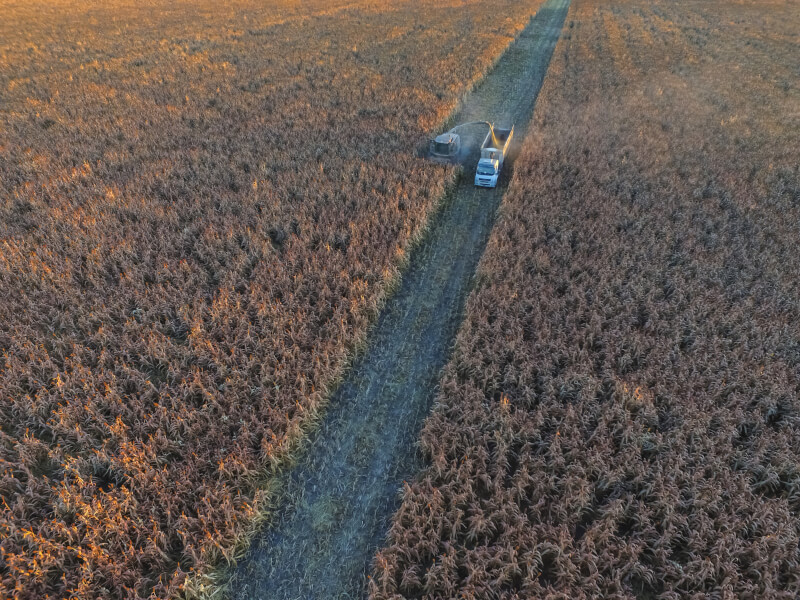The bourbon industry is witnessing a surge of innovative brands keen on making their mark. While tradition remains the backbone of bourbon, these fresh brands bring with them distinct characteristics, setting them apart in the crowded bourbon space.
First things first, these are questions to guide you you should ask yourself when investigating the market of new emerging bourbon brands:
- Origins Matter: Where is this bourbon distilled? Is the location known for any specific bourbon characteristics?
- Unique Selling Points: What makes this brand stand out? Are they using any non-traditional methods or ingredients?
- Grain Profile: What grains are used in the mash bill? Is the brand utilizing heritage crops or other unique grains that might influence the flavor?
- Aging Process: How long has the bourbon been aged? Are there any special barrels or aging processes employed?
- Taste Testimonials: Have any reviewers or critics shared their tasting notes on this bourbon? Do they align with your preferred flavor profile?
- Authenticity: Is the brand transparent about its production process, from sourcing ingredients to distillation?
- Innovative Infusions: Is the bourbon influenced by other spirits or aged in unique barrels, like wine or sherry casks?
- Price Point: Does the price reflect the bourbon’s quality, or are you paying more for branding and marketing?
- Community Feedback: What are other bourbon enthusiasts saying about this brand? Are there consistent praises or criticisms being shared?
- Company Values: Does the distillery commit to sustainable practices, community involvement, or other values that resonate with you?
That being said, it’s a thrill to see newcomers challenging conventions, because with these convention breakers, some curiosity and a spotlight on the competitors in the market like the following:
Cedar Ridge Distillery
Hailing from Iowa, Cedar Ridge brings the craft of winemaking into the bourbon scene. Their whiskies exhibit subtle wine undertones, thanks to the brand’s vineyard roots. It’s the winemaker’s touch. Each bourbon exhibits hints of the winery, making it a favorite for those who appreciate a nuanced drink that bridges the gap between wine and bourbon.
The integration of winemaking techniques into bourbon production isn’t a trend that will be soon overlooked, it’s an emerging craft that will continue to be explored as the industry progresses. Cedar Ridge Distillery’s approach serves as a prime example of how the boundaries of traditional bourbon-making can be expanded by incorporating elements from the world of wine.
Traditionally, the bourbon-making process focuses on grains, primarily corn, which undergo fermentation, distillation, and then aging in charred oak barrels. Winemaking, on the other hand, revolves around the fermentation of grape juice. The result is a beverage that’s typically lighter, fruitier, and with a vast array of flavor profiles, from the crispness of a Sauvignon Blanc to the depth of a full-bodied Cabernet Sauvignon. When these two worlds collide, magic happens. Consider the following:
- Barrel Influence: Wine barrels, often made of oak but not charred like bourbon barrels, contribute unique flavors to the wine. By aging bourbon in used wine barrels, distillers can introduce hints of fruitiness, tannins, and sometimes even the residual wine’s sweetness. Cedar Ridge’s bourbons gain a distinct layered taste, where the sharpness of traditional bourbon mellows with softer, fruitier undertones.
- Fermentation Fusion: Yeast plays a crucial role in the flavor profile of both wine and bourbon. By experimenting with wine yeasts for bourbon fermentation, distillers can create new flavor dimensions. It’s not just about the alcohol but the symphony of flavors that different yeasts can bring to the table.
- Blend Balance: Just as vintners blend different grape varieties to achieve a desired wine profile, bourbon makers can play with grain mash bills. By understanding the nuances of both grains and grapes, distillers like those at Cedar Ridge are positioned to design bourbons with a broader flavor palette.
- Taste Evolution: Over time, as the bourbon interacts with the wine-soaked wood, it evolves. The result is a drink that carries whispers of its wine predecessor, offering bourbon enthusiasts an entirely new tasting experience.
It’s worth noting that Cedar Ridge isn’t simply merging two crafts; they are pioneering a new frontier in bourbon production. Their deep-rooted understanding of winemaking provides them an edge, enabling them to produce bourbons that are rich, varied, and, most importantly, memorable.
Many find the subtle wine undertones fascinating. A reviewer noted, “It’s a bourbon with the soul of a wine – unexpected yet pleasantly surprising.”
High Wire Distilling
Located in South Carolina, High Wire stands out for its commitment to using heritage crops. By sourcing grains like the Jimmy Red corn, they’ve crafted bourbons with unique, flavorful profiles that echo history. Their dedication to the craft is evident in every sip, with robust flavors of butterscotch, toasted grain, and a hint of spice.
What are Heritage Crops?

Heritage crops, often known as heirloom or heritage varieties, are plants that are cultivated using seeds passed down through generations. Unlike many modern crops that are bred for high yields or disease resistance, these ancient varieties are cherished for their taste, nutritional value, and adaptability. They’re a window into the past, reflecting agricultural practices and flavors from bygone eras.
High Wire and Heritage Crops: High Wire’s choice to use heritage grains, such as the Jimmy Red corn, isn’t merely a nod to history; it’s a deliberate step to craft bourbons with depth and character. Here’s how:
- Flavor Depth: Heritage grains, untouched by modern breeding techniques, bring forth flavors that are often more intense and distinct. The Jimmy Red corn, for instance, imparts a richer, fuller profile to the bourbon, leading to those notes of butterscotch and toasted grain that enthusiasts savor.
- Historical Link: These grains have been cultivated for generations, and their flavors offer a peek into what bourbon might have tasted like decades or even centuries ago.
- Sustainability: By cultivating and promoting heritage crops, High Wire supports sustainable agricultural practices. These grains are often better adapted to local conditions, requiring fewer resources and interventions.
- Distinctiveness: In a market flooded with similar-tasting products, High Wire’s commitment to heritage crops sets them apart.
Even though the bourbon business has a long history and well-established practises, it is always changing to keep up with new technologies, ingredients, and consumer tastes. Brands like High Wire Distillery and Cedar Ridge Distillery, which get their ideas from making wine instead of standard farming methods, are writing new chapters in the history of bourbon. Because they are here, we can now try more flavours and brands and learn more about how active the bourbon market is.
Danielle’s Unique Bio: Meet Danielle, a connoisseur of all things whiskey, whose wisdom flows through the digital pages of Ghoema, HardTimes, and HedgeFund.
